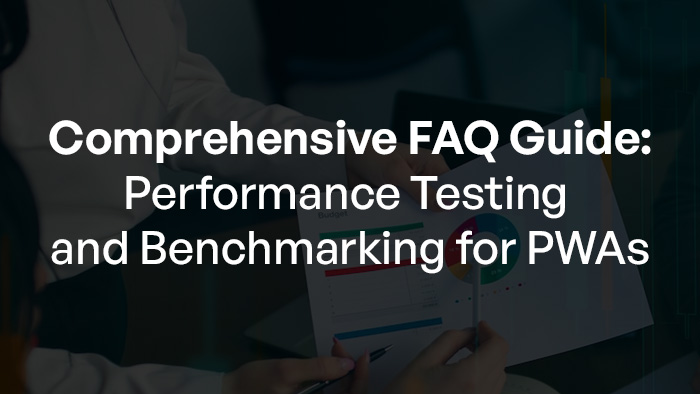Do cross platform apps have access to the same libraries and tools as native apps?
Yes, cross-platform apps have access to many of the same libraries and tools as native apps. Cross-platform development frameworks, such as React Native and Flutter, provide a wide range of libraries and tools that enable developers to build native-like applications for multiple platforms using a single codebase. These frameworks offer comprehensive functionality and support for accessing device features and native APIs. However, there might be some platform-specific libraries and tools that are not available in cross-platform development environments, but they can usually be integrated using platform-specific code or plugins.
